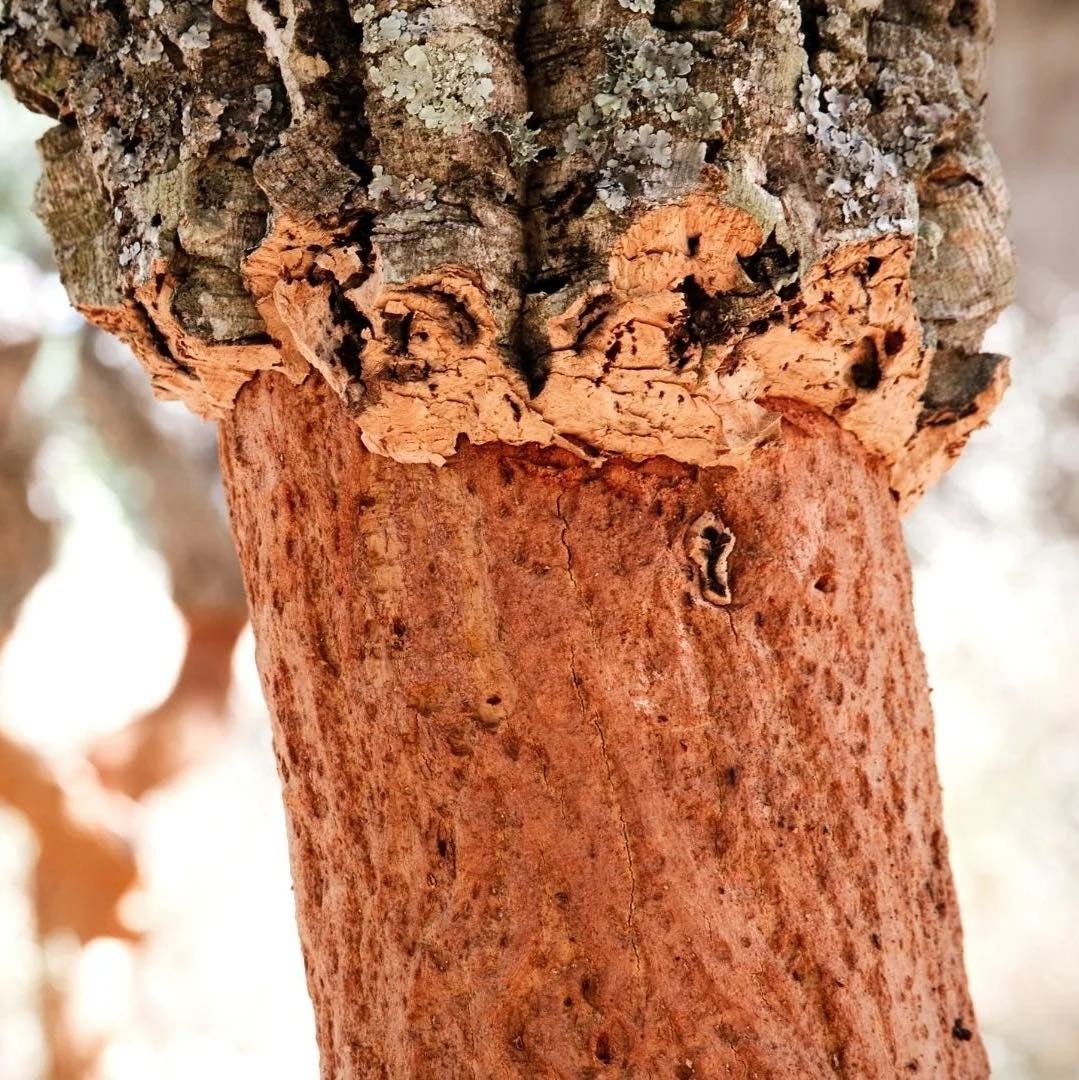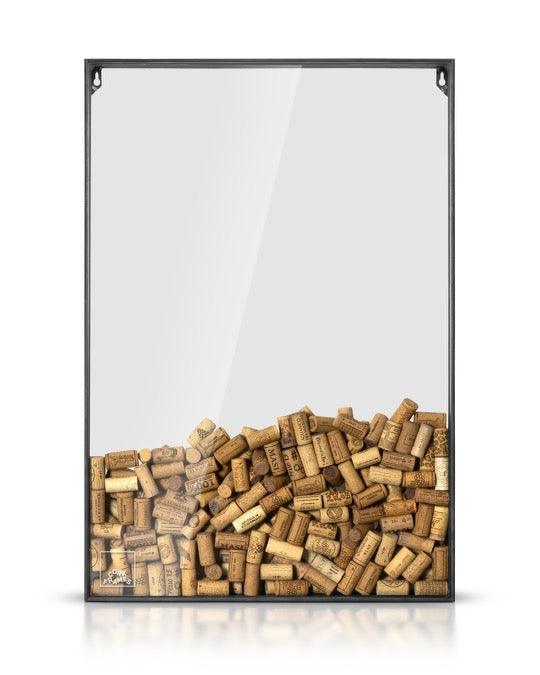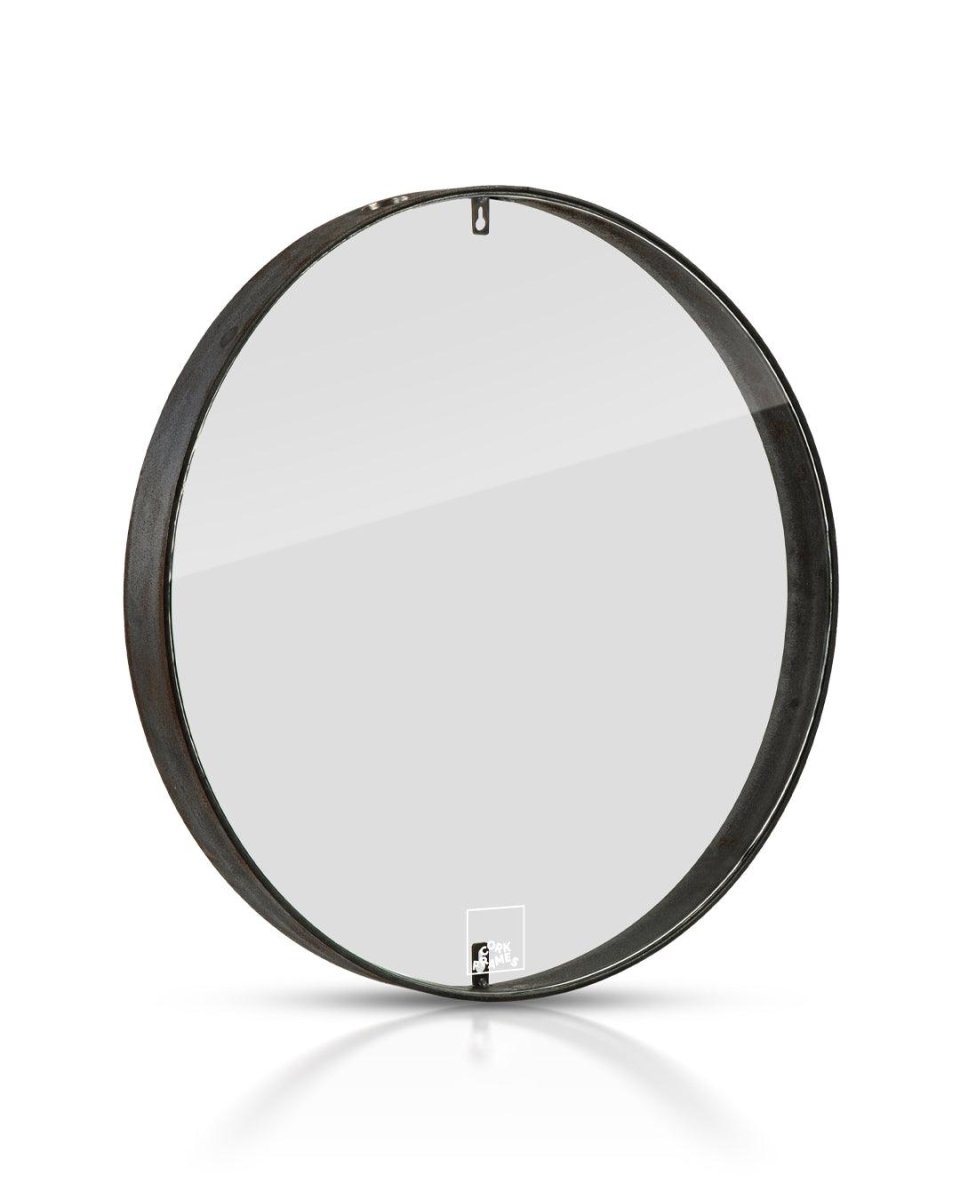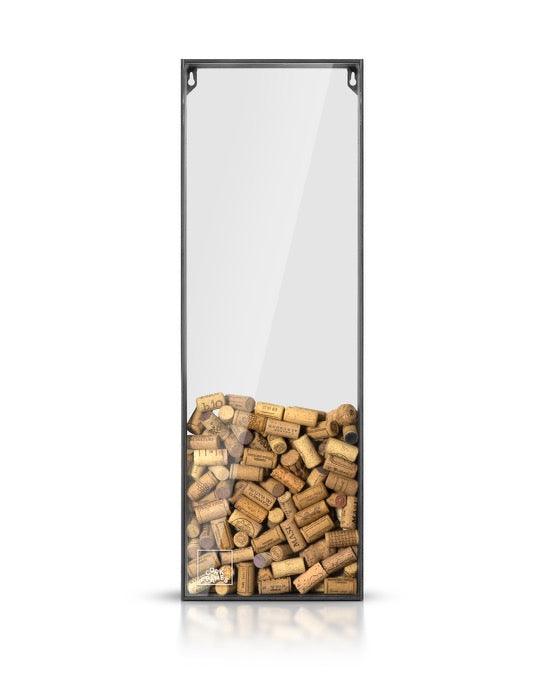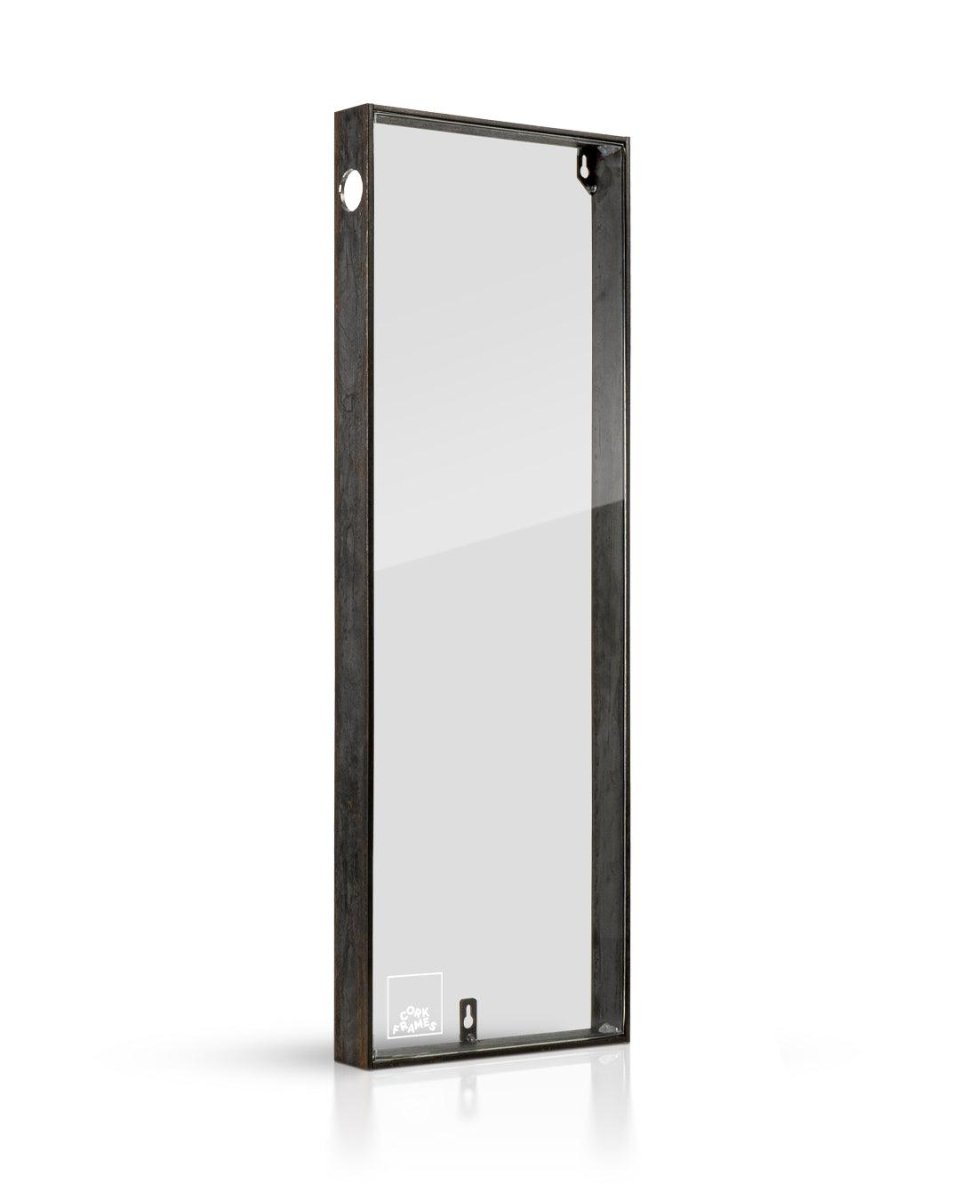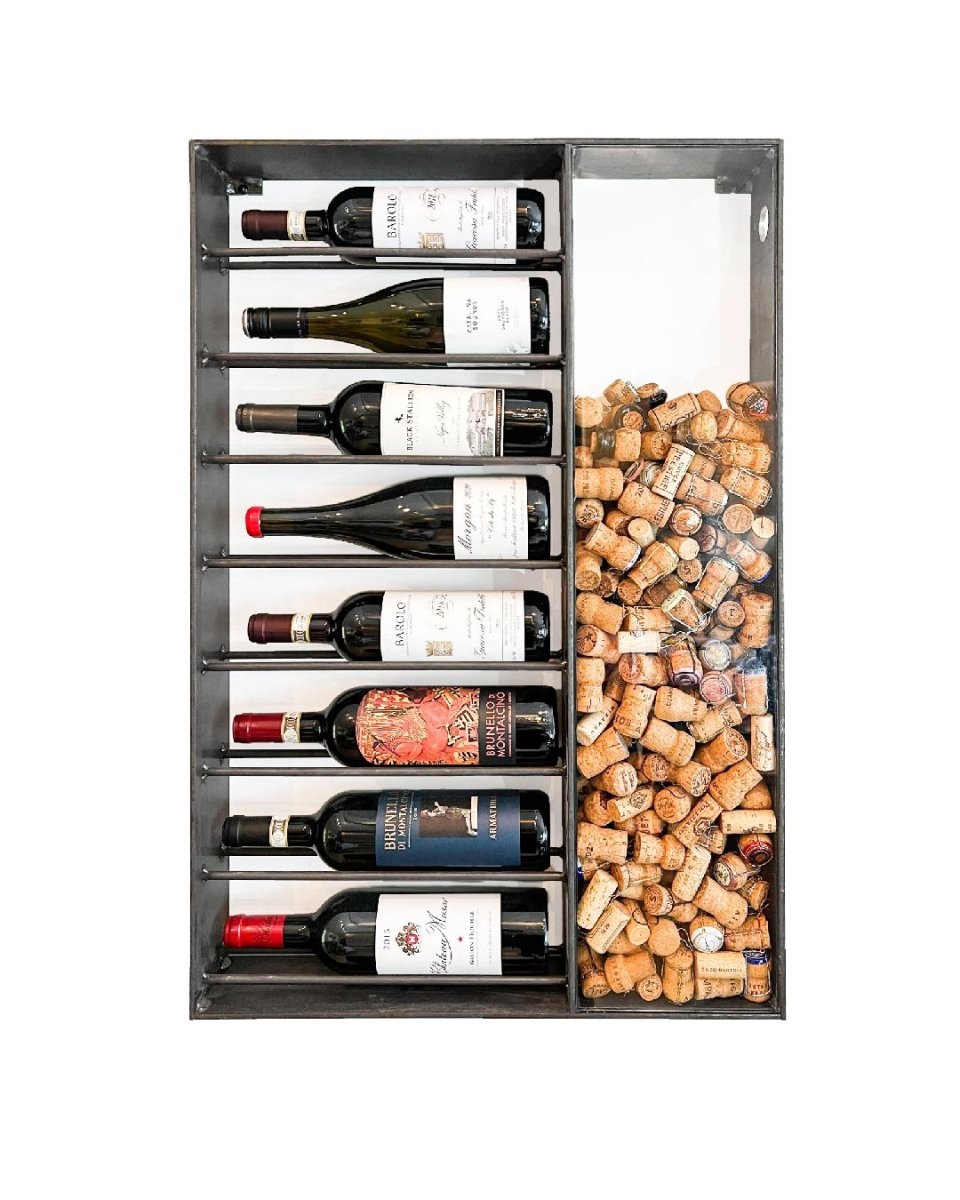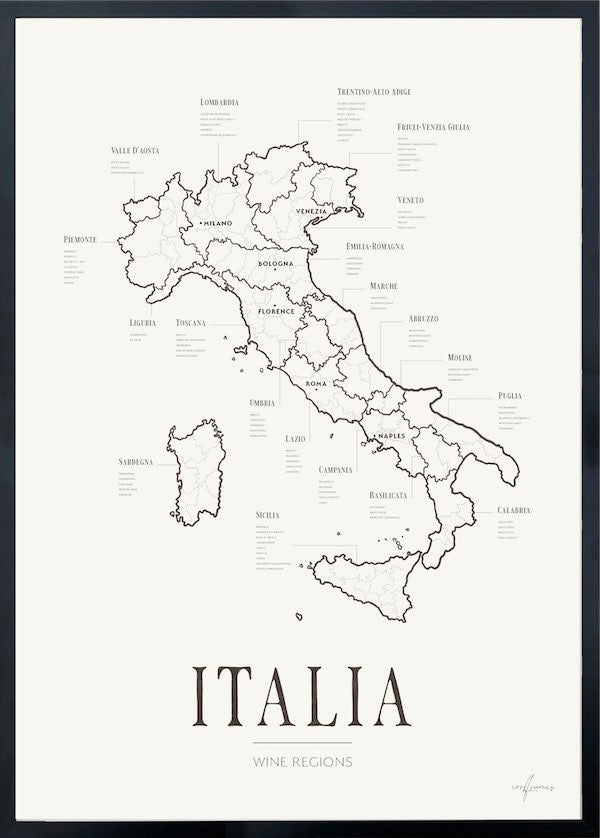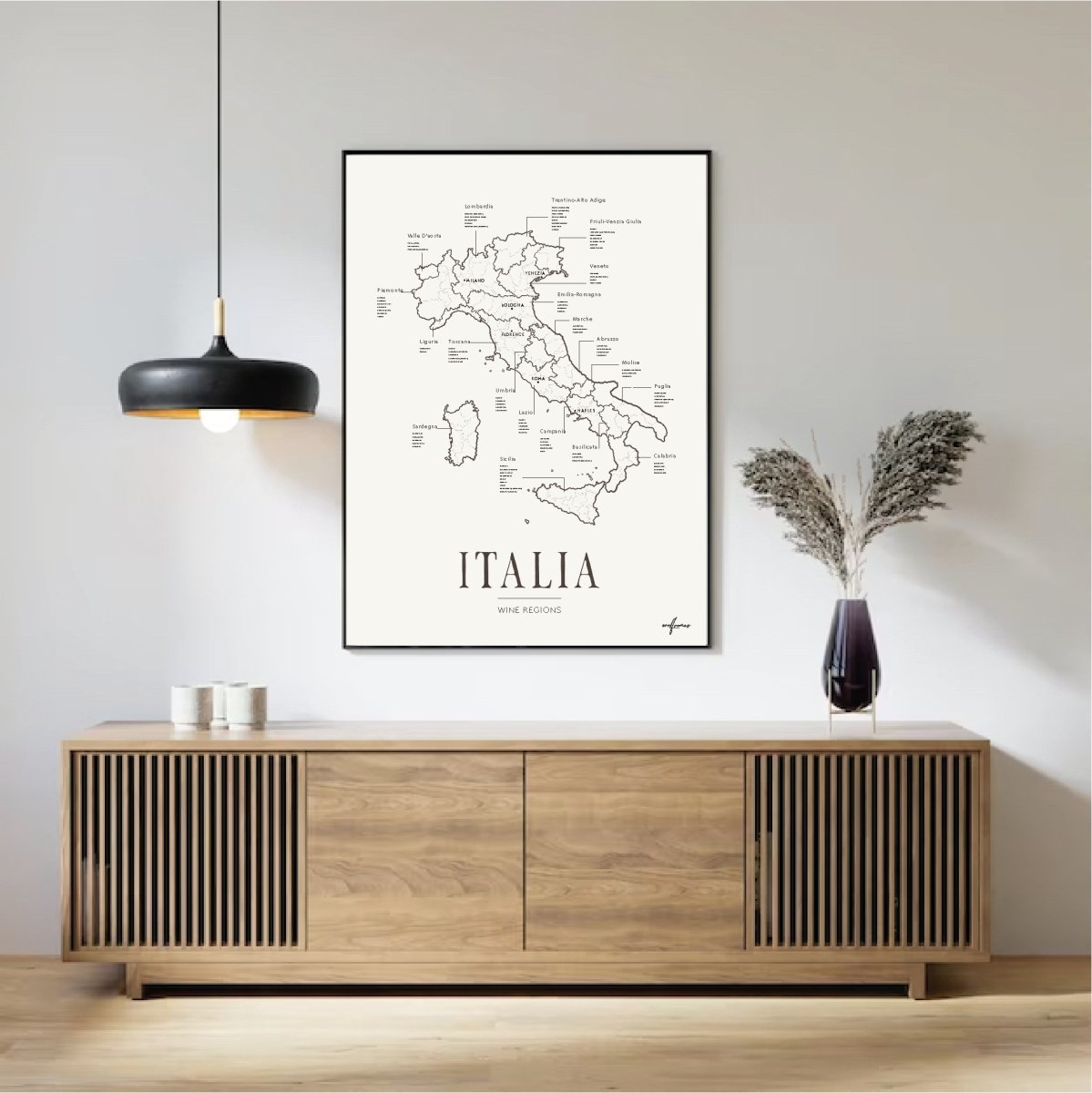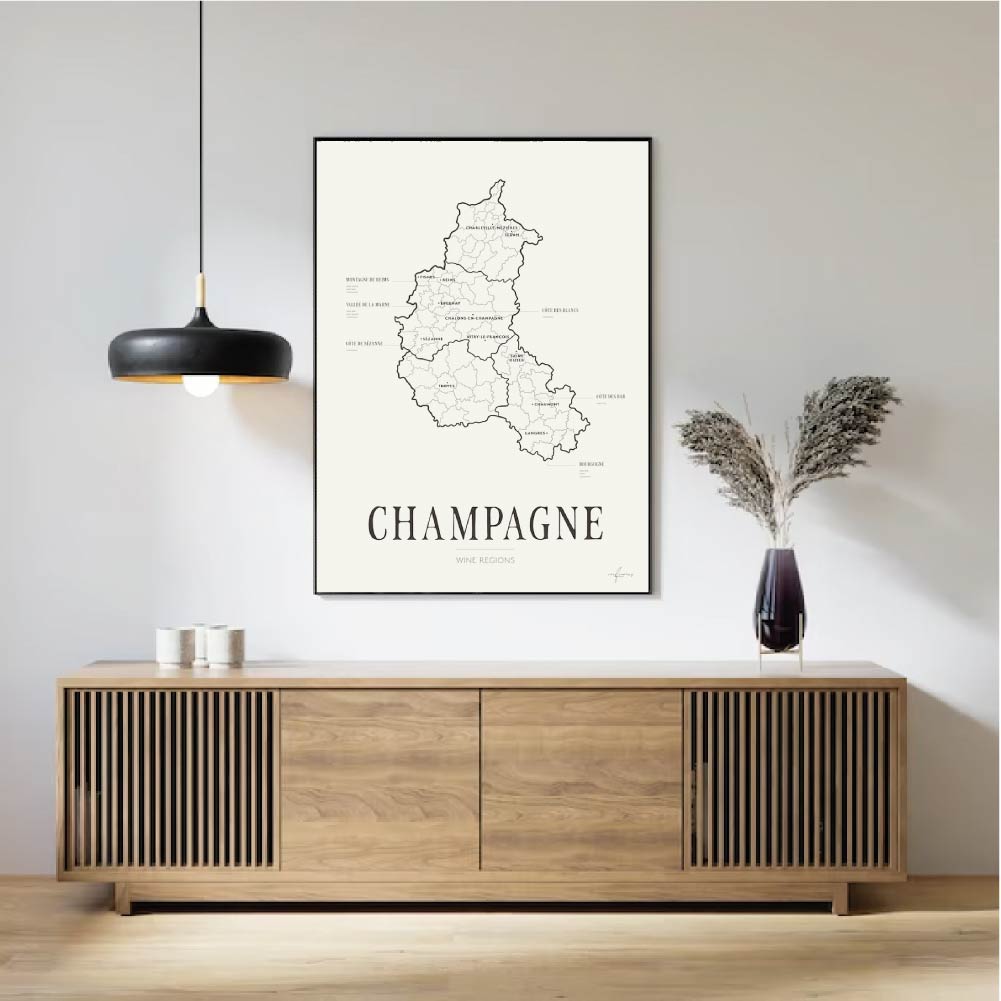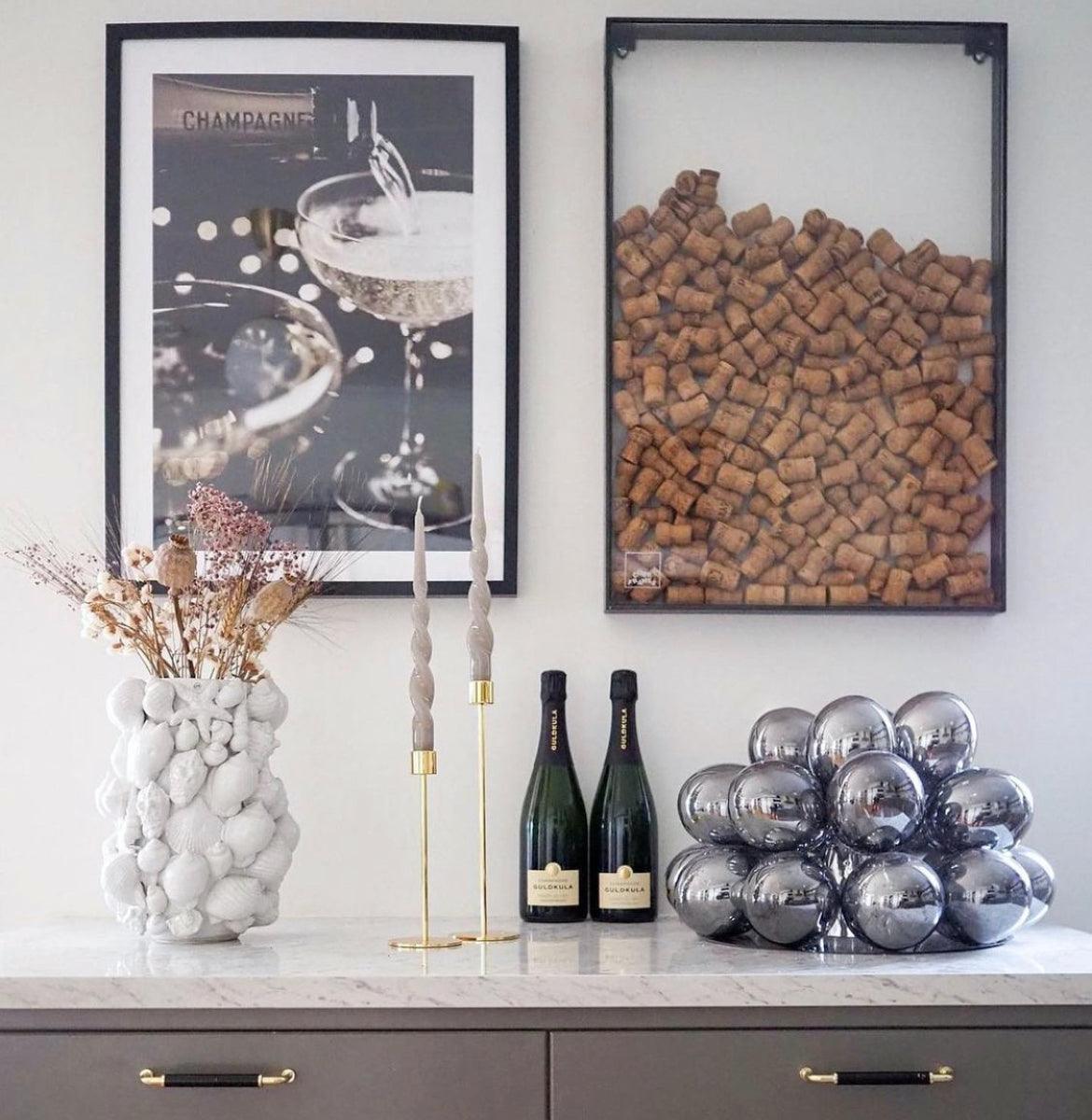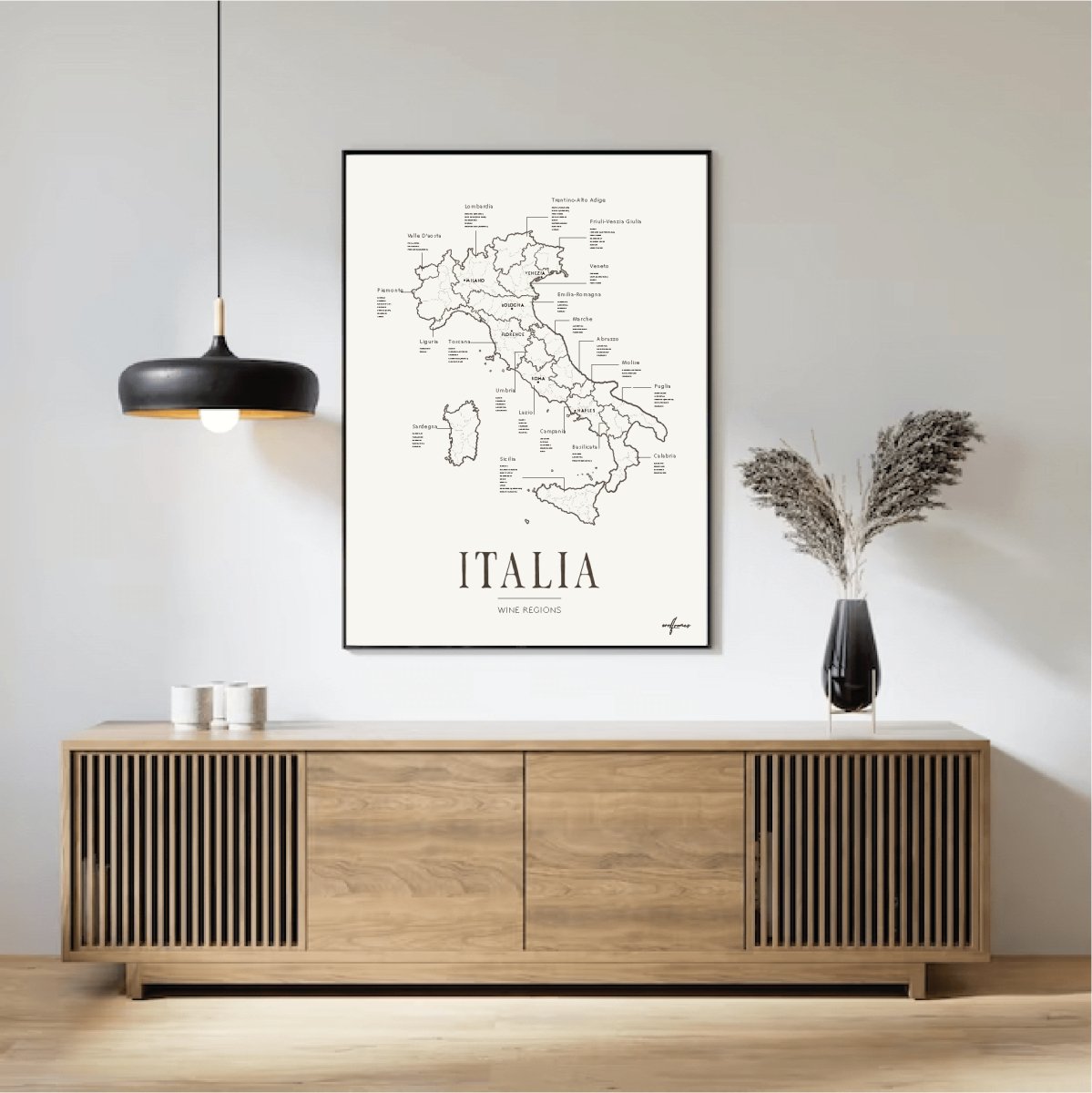Olive oil is one of the world’s most cherished and widely used oils, and its production is an art that has been refined over centuries.
The process of making olive oil is both technically advanced and deeply rooted in tradition, with each step playing a crucial role in ensuring the quality and flavor of the final product.
Here’s an overview of how olive oil is made, from the olive tree to the finished bottle.
1. Harvesting the Olives
The process of making olive oil begins with the harvesting of the olives. The timing of the harvest is critical and varies depending on the type of oil you want to produce. Early harvest (in October) yields oil with stronger, more peppery flavors and higher levels of antioxidants, while a later harvest (in November-December) produces a smoother, milder oil.
The olives are picked by hand or with the help of machines that gently shake the trees so that the olives fall into nets or onto the ground. It’s important that the olives are handled carefully to avoid damage that could affect the quality of the oil.
2. Washing and Sorting
After harvesting, the olives are quickly transported to the mill to avoid oxidation and fermentation. At the mill, the olives are washed to remove dirt, leaves, and other impurities. They are then sorted to ensure that only the best olives are used in the production process.
3. Crushing and Grinding
Once the olives have been sorted, the next step is to crush them. Traditionally, this was done with large stone mills, but today stainless steel machines are more commonly used to crush the olives into a paste. This paste includes the flesh, skins, and pits of the olives.
The paste is then mixed for about 20-40 minutes in a process called "malaxation," where the oil droplets begin to release and gather. The temperature during this process is very important and is often kept low (cold-pressing) to preserve the flavor and nutrients in the oil.
4. Pressing and Extracting the Oil
After grinding, the oil is separated from the solid paste. This is done by pressing the paste, either with a traditional mechanical press or by centrifugation. In centrifugation, the paste is spun rapidly to separate the oil from the water and solids.
The first pressing yields "virgin olive oil," while subsequent pressings can produce lower-quality oils. Extra virgin olive oil, considered the finest, comes from the first pressing and has a low acidity level, rich in flavor and nutrients.
5. Filtering and Storage
After extraction, the oil is filtered to remove any remaining small particles. Some producers choose not to filter their oil to preserve as much flavor as possible, but this can result in a shorter shelf life.
The oil is then stored in stainless steel tanks, protected from light and oxygen, which helps preserve its quality. The temperature in the storage area is kept low and stable to prevent the oil from degrading.
6. Bottling and Distribution
The final step in the process is bottling the oil. The bottles are often dark to protect the oil from light, which can cause it to spoil. Labels are placed on the bottles, which are then distributed to markets and stores around the world.
Making olive oil is a meticulous process that requires both technical expertise and an understanding of nature’s rhythms. Each step, from harvest to bottling, influences the quality and flavor of the final product. It is this craftsmanship and care that make olive oil one of the world’s most beloved ingredients, whether used in cooking, as a dressing, or as part of a healthy diet.


